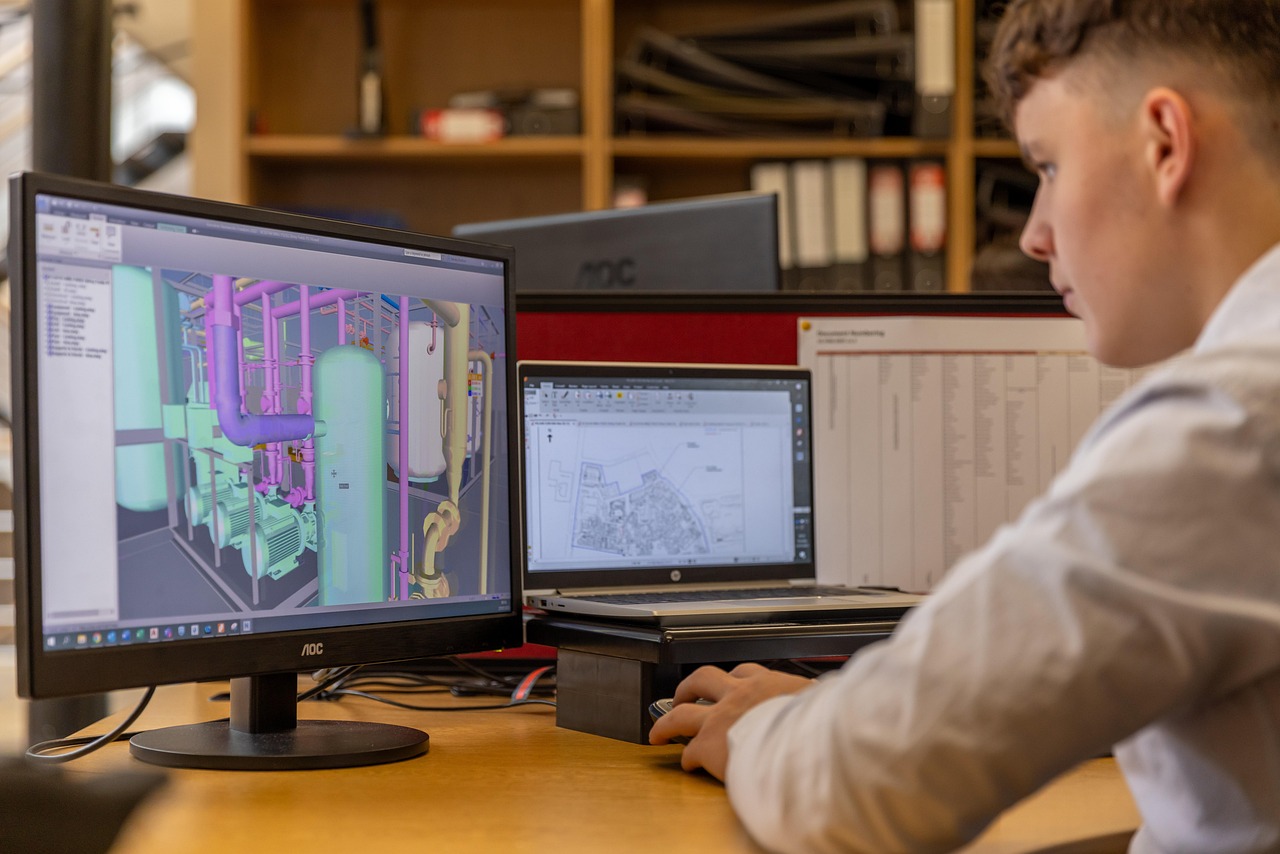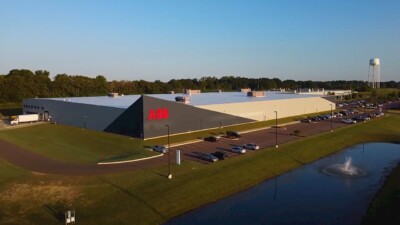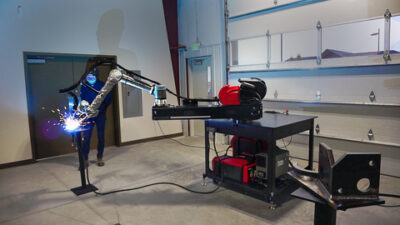PLM vendors chase everything—but risk losing coherence in the process.

Over the past five years, PLM has evolved from CAD, BOM, PDM, and engineering change management into cross-functional digital-everything platforms. Siemens, Dassault Systèmes, PTC, SAP, and Aras now extend into simulation, ALM, AR, R&D informatics, field service, supply chain procurement, operations, and custom application frameworks.
The question is no longer, “Who controls my product data?” It is, “Which platform can orchestrate my entire digital enterprise—coherently, intelligently, at scale?”
The Autodesk/PTC leak (July 2025) and recent Forrester Wave PLM report for discrete manufacturing highlight just how fluid—and contested—this market has become. Success is no longer about feature breadth alone; it is about ecosystem reach, strategic alliances, integration maturity, and disciplined execution.
Siemens: industrial scale integration challenge
On the paper, Siemens has been the boldest acquirer, investing more than $16 billion since 2021. Key moves include Supplyframe ($700M, 2021), Altair ($10.6B, 2024), and Dotmatics ($5.1B, 2025). Together these acquisitions build what Siemens positions as a cognitive industrial platform—a stack that connects R&D informatics, laboratory knowledge, simulation, predictive modelling, supply chain intelligence, and design engineering.
The strategy is clear: customers want cross-domain insights that link product design with sourcing and operations—building from ready-made industrial data scenarios. If Siemens can deliver this continuum, it secures a powerful differentiator. Yet, history warns that breadth can become fragmentation. A platform with too many moving parts risks slipping into silos unless Siemens maintains relentless focus on integration discipline.
Ambition is unmatched. Integration discipline is the test. A platform with too many moving parts risks fragmentation unless Siemens relentlessly enforces coherence.
Dassault Systèmes: deepening the virtual twin
Dassault Systèmes has pursued a more measured but no less ambitious path. Its acquisitions—NuoDB (2020), Proxem (2020), Bloom (2021), Diota (2022), and Contentserv (2025)—aim to enrich the 3DEXPERIENCE platform with cloud scalability, semantic AI, AR, and omnichannel content.
The strategy is to extend the virtual twin beyond products into the broader enterprise, contextualizing insights and enabling simulation across design, operations, and customer experience. This resonates strongly in consumer-driven and regulated industries where brand, compliance, and collaboration drive value.
The risk? Coherence. Specialized acquisitions bring great capabilities but can easily create friction in workflows and user experience. Dassault Systèmes’ competitive edge depends on delivering a seamless platform, not a collection of clever but disjointed modules.
PTC: threading the lifecycle
PTC has played the role of surgical consolidator, strengthening the digital thread rather than overextending the platform perimeter. Its acquisitions—Arena ($715M, 2021), Codebeamer ($280M, 2022), ServiceMax ($1.46B, 2023), and IncQuery Group (2025)—are tightly aligned to SaaS-native lifecycle cohesion.
This approach works particularly well in regulated industries like medtech, aerospace, and automotive, where traceability and compliance are non-negotiable. PTC’s portfolio now spans ALM, PDM, service lifecycle, and SaaS-native collaboration, creating a compelling end-to-end vision.
But here too, the test is execution. Customers will only see value if Windchill, Arena, Onshape, Codebeamer, and ServiceMax operate as one coherent digital thread. Without that, the promise of end-to-end traceability dissolves into tool-switching and integration debt.
SAP: owning the enterprise backbone
SAP has taken a different path. Rather than buying PLM capabilities outright, SAP has doubled down on being the enterprise orchestrator. Its S/4HANA Clean Core strategy (2024) and deepened partnerships with Siemens and PTC reflect a philosophy, perhaps coupled with a marketing strategy: lifecycle data must flow seamlessly across finance, supply chain, and operations.
Broadly speaking, this makes SAP unavoidable for large enterprises seeking enterprise-scale integration, at least on the core ERP side of things. The value proposition lies in connecting the PDM backbone to the entire enterprise nervous system. The risk, however, is that customers see SAP’s model as too ERP-centric or rigid. If SAP fails to demonstrate lifecycle depth alongside enterprise breadth, it risks ceding ground to vendors who blend both.
Aras: the quiet surprise
Aras, often underestimated, emerged as a surprise leader in the recent Forrester Wave for discrete manufacturing PLM. Its Minerva Group acquisition (2022) boosted delivery strength in medtech and electronics, providing domain-specific solutions that accelerate compliance and reduce customization overhead.
Where Siemens and Dassault Systèmes chase scale and vision, Aras delivers agility and configurability. For customers who need compliance-ready, adaptable solutions without the overhead of a massive enterprise platform, Aras is increasingly credible—often adopted as an overlay strategy to extend or modernize existing PLM backbones or fill legacy gaps.
The open question is sustainability: can Aras scale its positioning beyond niche and overlay deployments without diluting the very flexibility that defines its edge?
Coherence vs. complexity
The past five years show that ambition alone is not enough. Siemens bets on industrial breadth, Dassault Systèmes on experiential twins, PTC on a cohesive SaaS thread, SAP on ERP orchestration, and Aras on niche agility.
The market’s winners will be those who deliver platforms that feel seamless and purpose-built, not stitched together from acquisitions. Execution, integration discipline, and adoption matter more than the size of an acquisition pipeline.
This brings us to the key insight: PLM is no longer a lifecycle tool. It is the product innovation backbone of enterprise digital orchestration. The metric of success has shifted. Customers now evaluate platforms based on:
- Integration maturity: Does the platform deliver real continuity across R&D, engineering, operations, and service?
- Execution discipline: Can acquisitions, modules, and partner technologies function as one coherent system?
- Platform coherence: Does the user experience feel unified, or is it fragmented across silos and workflows?
- Resilience and adaptability: Can the platform respond to emerging AI-native tools, regulatory change, or market disruptions without losing coherence?
Siemens’ industrial breadth may create a cognitive platform unmatched in scale—but only if complexity does not erode usability. Dassault Systèmes’ virtual twin strategy offers immersive insight, yet its value will be judged by workflow consistency and cross-domain intelligence. PTC’s SaaS-native digital thread emphasizes lifecycle discipline—but its promise exists only if all modules operate as one. SAP must show that ERP-centric orchestration adds value beyond lifecycle coverage. Aras must balance growth with its core promise of agile, domain-specific solutions.
The Autodesk/PTC leak is a reminder that disruption in PLM is ongoing, unpredictable, and fiercely contested. M&A headlines are attention-grabbing, but true differentiation lies in execution, coherence, and adoption.
The next wave—AI-native platforms, further consolidation, or deeper PDM/ERP/MES convergence—will test whether vendors can balance ambition with disciplined integration (end-to-end PLM scope). OEMs and other user organizations must resist evaluating vendors on acquisition size or feature count alone. The real question is:
Which platform can deliver a coherent, intelligent, and resilient digital enterprise at scale—backed by a true, ready-made transformation path?
PLM has evolved—and will continue to mature. It is no longer a set of engineering tools. It is the orchestration engine of the enterprise, connecting people, data, and processes across design, development, operations, and service. The vendors who master coherence over complexity will define the next era of digital enterprise transformation. Those who fail will see their platforms fragment, their promises collapse, and their leadership erode.
The race is not about owning product data structure. It is about owning the digital enterprise, with precision, discipline, and foresight.




